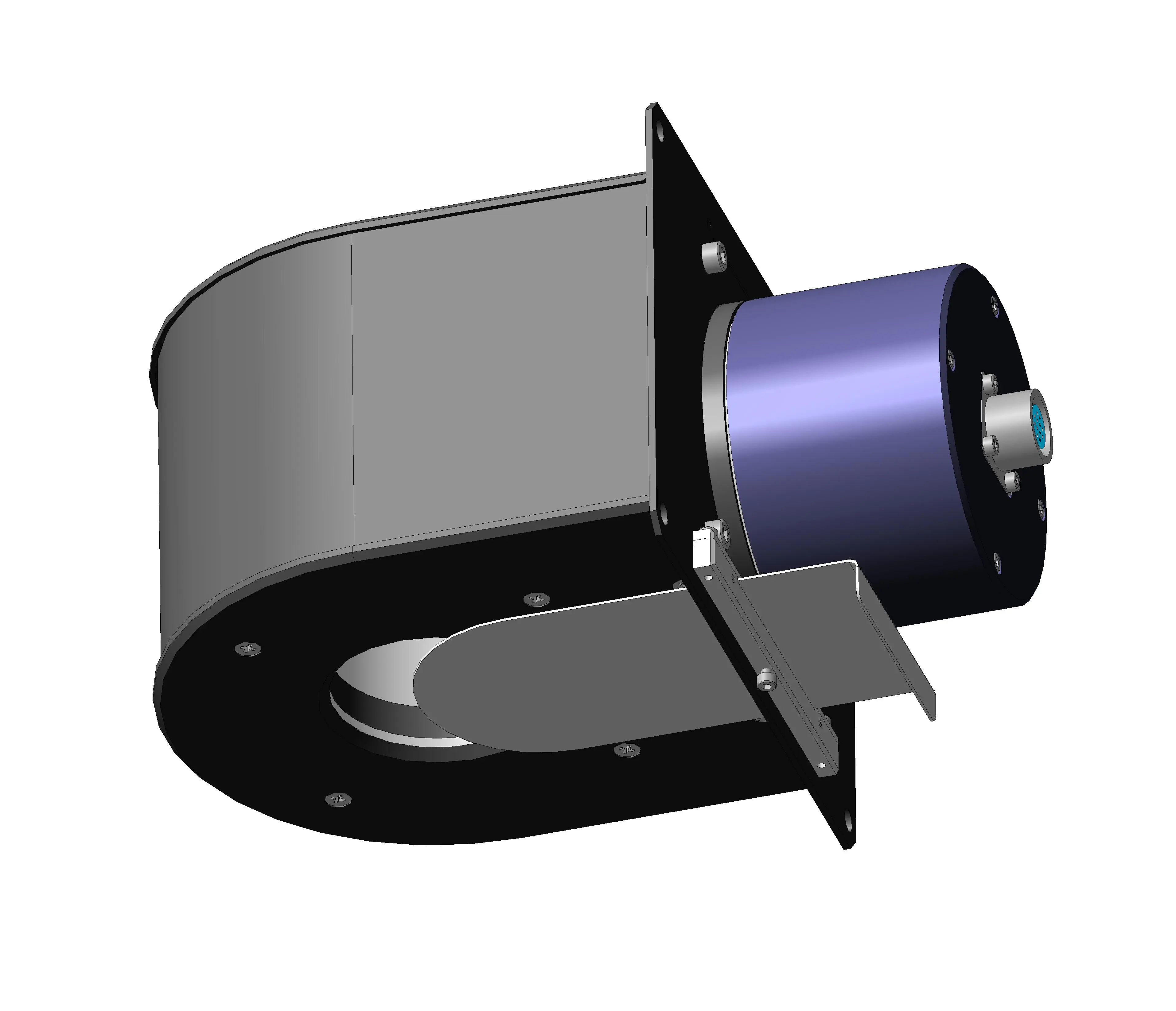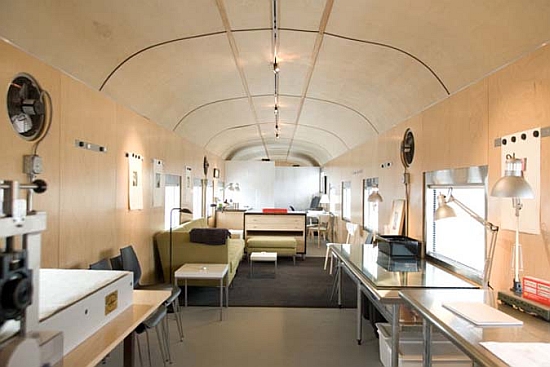Table of Content
These days digital sensors are more popular compared to analog sensors. As it is obvious to you, there are a few sensors available that can assist you with making a protected, smart home that is secured in any event, when you are not there. If successfully manufactured, synthetic sensors will end up being a lot less expensive and simpler method of transforming your home into a smart home. A synthetic sensor will plug into an electrical attachment and control everything in the room. Using the impression of those rays, the sensor estimates the distance to the individual or object and recognizes if the article is inside the assigned territory.
Are one of the main inertial sensors; and are dynamic sensor competent of have a greater range of sensing capabilities. These sensors create radio waves and recognize when those waves are disturbed. They can see through the walls and resistance and are regularly positioned in a way that makes a radio wave net that covers huge regions. The sensor conveys microwave pulses to mark the reflection of moving articles.
Types of IoT Sensors for Smart Home Solutions
And the system notifies the homeowner if an unauthorized person tries to enter. Automated doors and gates can also make forceful entry harder by using electronic locks. For instance, while gear tooth sensors detect metal, metal detectors are also available as complete units designed to detect metal on food processing conveyor lines, injection molding lines, etc. Selecting the sub-category Metal Detectors will not show any gear tooth sensors because these are found under Motion sensors.
Smart smoke/CO2 detectors can be a fairly expensive proposition for homeowners who would have to replace all their existing devices. Sound detection plays an important role in home automation appliances. For example, if there is dog barking, then the sound detectors will detect it and the lights of the hose should be switched on. Examples of Sound detectors include the SEN and EasyVR Shield for prototyping rapidly.
Automated irrigation control systems
These sensors alert you to potential intruders, not to mention a deviant teenager. Once again, the wireless technology allows you to receive notifications straight to your phone or tablet and allows you to quickly call for help if needed. A moisture detection sensor can give you a heads up if your home is at risk due to freezing pipes, or even a broken waterline. These sensors alert you to leaks in your home so can fix the problem immediately and not after the damage has been done. The sensor can be placed around water heaters, dishwashers, refrigerators, sinks, sump pumps and anything at risk for water leakage. If the sensor detects unwanted water a notification is sent to you, so you can hurry home to check out the problem.

The second type is basically a microphone tuned specifically to pick up the sound of breaking glass. This is more useful, because a single detector can cover even a relatively large room with many windows. I’ve always found it most helpful to first think of the automation and then work backwards to determine what devices I will need to implement it. To combat this there are standalone smart location sensors on the market. For example – automatically unlocking the front door when you get home or turning on the front lights. Most smart hubs are able to leverage you and your families’ phones to detect mobile presence.
Jasco Z-Wave Plus v2 Slim Smart Door/Window Sensor, Gen 7
Outside of our homes, forward-looking organizations are finding new ways to use IoT data, AI and automated workflows to modernize work, automate for greater productivity, and scale the value of data. You have installed sensors to create your smart home, and now you need to manage everything from one location. With an intercom system you can see through the walls and have video and voice conversation between rooms in the house. You can also use your smart phone to call a room in the house while you are away at work – this could be handy for checking in on an aging parent while you are away. Just the same as with people, for a home to be smart it needs information. This information can come from you in the form of programs and commands, but often it will be collected directly by your home using sensors and used for automated functions.

You can combine motion sensors with other devices to solve a variety of problems. For safety, use a motion detector to send you a notice if there’s movement by your swimming pool. Or you can connect a motion sensor to a smart security video camera at your door to notify you when there is movement. This is a great way to be aware of package deliveries and help catch intruders. Metal Detectors are electronic or electro-mechanical devices used to sense the presence of metal in a variety of situations ranging from packages to people.
The Future of Home Automation: Totally Smart
A good quality flood / leak detector can sense the presence of even small leaks, and if connected to an actuator valve they can automatically shut off the water to prevent damage. The most common type of motion detector is the 'passive infrared sensor', or PIR. This works by detecting changes in infrared light radiation within its field of vision. When choosing a PIR it is important to make sure that the effective range is sufficient.
(Some dehumidifiers have “sensors” built in but they are very often inaccurate)Another obvious use case for temp/humidity sensors is simply gathering outdoor readings. In addition to door/doorbell applications these sensors can be set up on windows to alert you of a break-in. For example, in the event that a home intruder breaks a basement window, this sensor would trigger an alert to your phone. Many of different kinds of smart home sensors are sold as stand alone products. In most cases, it simply doesn’t make sense to buy a product that only does one the functions detailed above.
Key specifications include sensor type, maximum sensing distance, minimum & maximum operating temperatures, along with dimensions of diameter and length. Proximity sensors are generally short-range devices but are available too in designs that can detect objects up to several inches away. One commonly used type of proximity sensor is known as a capacitive proximity sensor. More information on proximity sensors may be found in our related guides All About Proximity Sensors and Capacitive Proximity Sensors.
You can buy PIRs very cheaply, and they are still perfectly good for many applications - such as burglar alarms or controlling corridor lights. But if you want a system to be able to sense whether or not the living room is occupied, for example, so as to control the lighting and heating automatically, a cheap product will not be good enough. This is because they need movement to work, so if you are sitting still on your couch reading a book, the sensor may mistakenly send a signal to say that the room is empty.
Accuracy of the information communicated by the sensors is very important for a robust smart home solution. IoT Sensor nodes sense and capture the real time data from your home appliances and the surroundings with the help of sensory nodes and send it to the cloud backend via the IoT Gateway Device. IoT sensors are one of the coolest inventions in the modern times after internet.
More information about radiation sensors may be found in our related guide All About Radiation Detectors. Contact sensors refer to any type of sensing device that functions to detect a condition by relying on physical touch or contact between the sensor and the object being observed or monitored. A simple type of contact sensor is used in alarm systems to monitor doors, windows, and other access points.



























